Over a million international students enrolled in US schools for the 2018–19 school year, according to US News & World Report. That’s a significant number, and while each student comes to the United States for their own reasons, they all have a few things in common. One of those is a lack of familiarity with the US monetary and banking system. That can put a serious crimp in your ability to study and enjoy life here! Thankfully, there are a few simple banking hacks that will help!
Get with the Credit Program

Excel in IELTS with India’s Top Online Coaching
Leap has helped more than 1 Lakh students achieve 7+ IELTS band.
You’ll notice when you get to the US that most people here rely on debit and credit cards, rather than cash. Make sure to attend the international student orientation day at your school. This is your opportunity to meet with bank representatives and apply for cards that will work with your financial situation.
Set Up a Checking Account
While many people in the US manage their finances digitally, you will still need an old-style checking account. This allows you to use modern banking apps on your smartphone, make electronic payments, and more. It will also give you a debit card attached to the checking account. Again, orientation day is the best chance to meet with bank reps, compare their offers, and choose an account that fits your needs. Make sure you have official identification so the bank can verify your name, age, and address. It’s wise to choose a national bank instead of a local one simply because you get better access to a wide ATM network.

Excel in IELTS with India’s Top Online Coaching
Leap has helped more than 1 Lakh students achieve 7+ IELTS band.
Know the Network
Speaking of ATMs, make sure you use machines that are branded by your bank or part of its wider network. Otherwise, you risk incurring significant fees on any withdrawals that you might make. However, using your bank’s ATM network does not mean you’re off the hook for foreign exchange fees (we’ll explore those below).
Know the Costs
If you’re an international student, chances are that you’ll need to convert your money into US dollars. That’s pretty simple today, but it comes at a cost. Always try to track the foreign exchange rate so that you know exactly how much money you’ll lose in the conversion. It’s also worth opening a multi-currency account back at home to streamline currency conversion. Finally, pay attention to the fees you’ll incur on things like money transfers. According to The World Bank, the average is roughly 7% per overseas money transfer, which can add up to a lot over time. To minimize that cost, try to transfer money as few times as possible.
Explore all countries
Conclusion
Ultimately, international students have plenty of options regarding securing their finances when studying in the US. Follow the tips we’ve outlined above, and you’ll find your experience is better (and more affordable!).

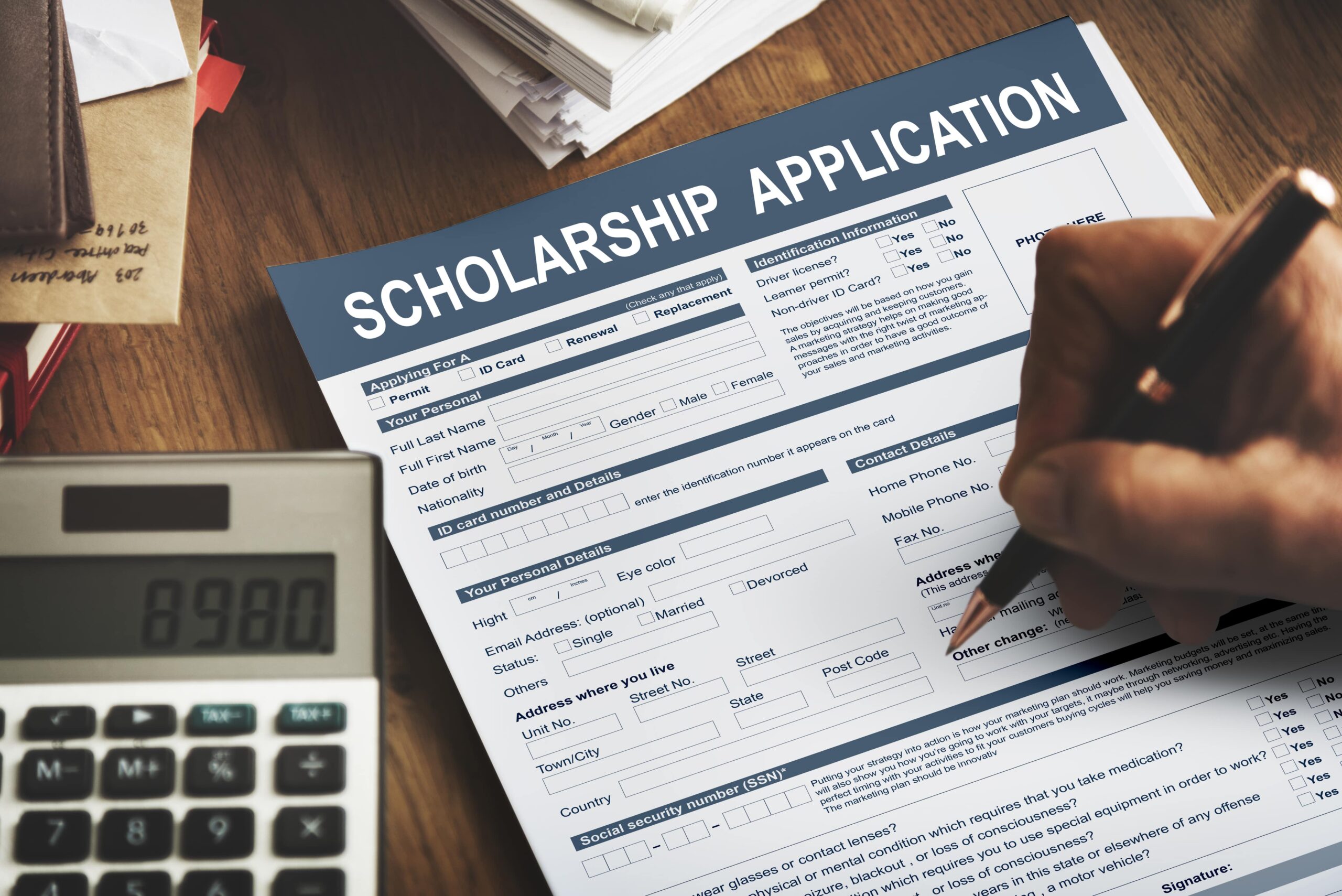
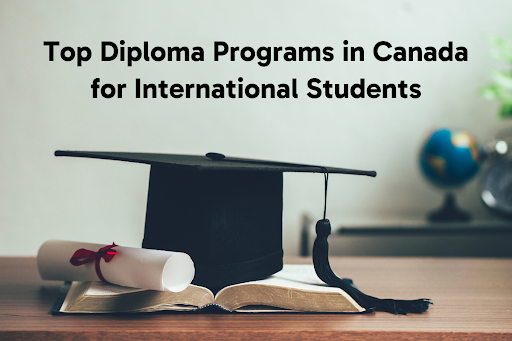
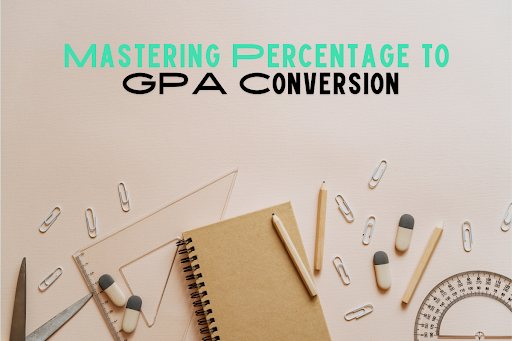






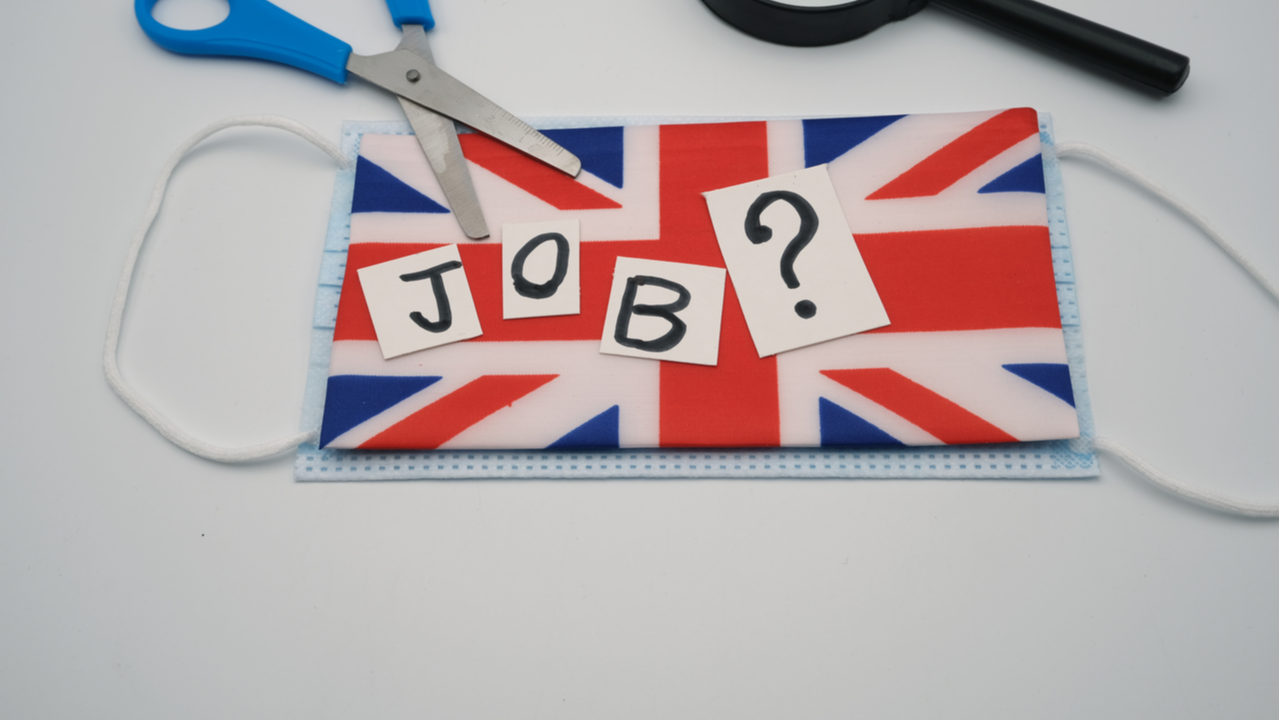
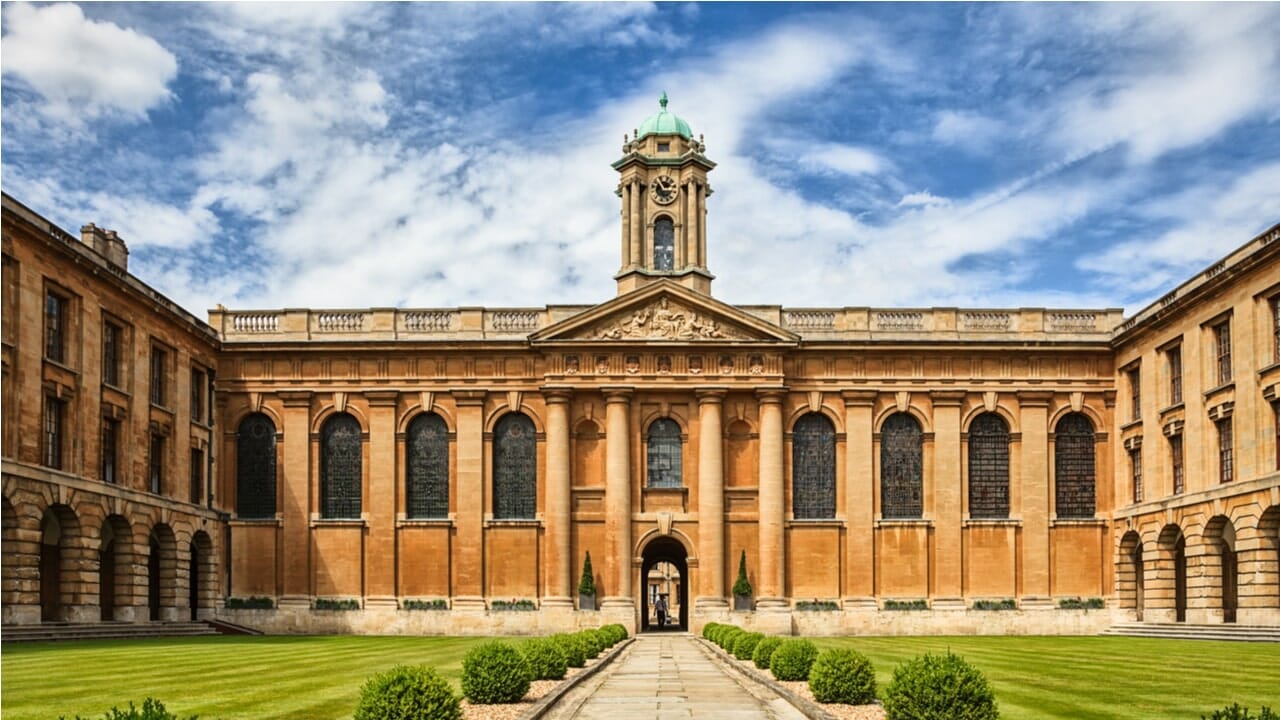


Have Questions? Get Guidance to reach your Dream University
Connect with India's finest counsellors and biggest study abroad community.
Get Guidance